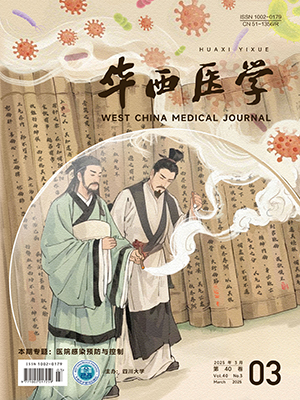Interfacility transport of critically ill children is an important part of pre-hospital emergency care. The development of 5th generation mobile networks has brought revolutionary changes to emergency medicine, which can realize real-time sharing of information between hospitals and transfer ambulance units. In order to give full play to the advantages of superior medical institutions in diagnosis and treatment technology, equipment resources, and realize the safe and fast transfer of critically ill children, the technical specifications for the construction of interfacility transport of critically ill children’s ambulances with 5th generation mobile networks are specially formulated to standardize the team building, equipment and materials, transport process and quality control requirements for critically ill children’s ambulance transport, so as to reduce the fatality rate of critically ill children and improve the prognosis.
Citation: ZHOU Yan, PAN Lingli, ZHU Xiaoshi, HU Yuhang, HOU Yufei, ZHANG Guoying, LI Lei, YANG Kun, YANG Xin, SHEN Xing, HE Yun, CAI Qiang, LI Xuemei, TANG Xiaojun, HUANG Qun, ZHAO Rongxiang, LIU Tonglin, CHEN Guobing, CHEN Yan, FU Hongmin, XU Feng, LI Xihong. Technical specifications for the construction of 5G ambulance interfacility transport for critically ill children. West China Medical Journal, 2022, 37(11): 1612-1617. doi: 10.7507/1002-0179.202202133 Copy
Copyright © the editorial department of West China Medical Journal of West China Medical Publisher. All rights reserved




